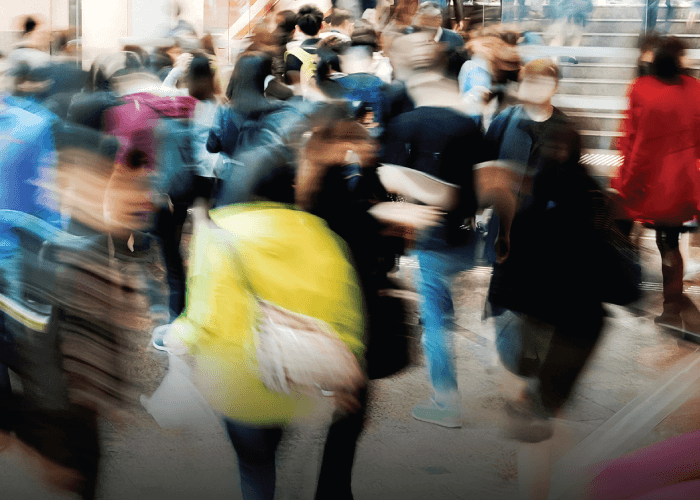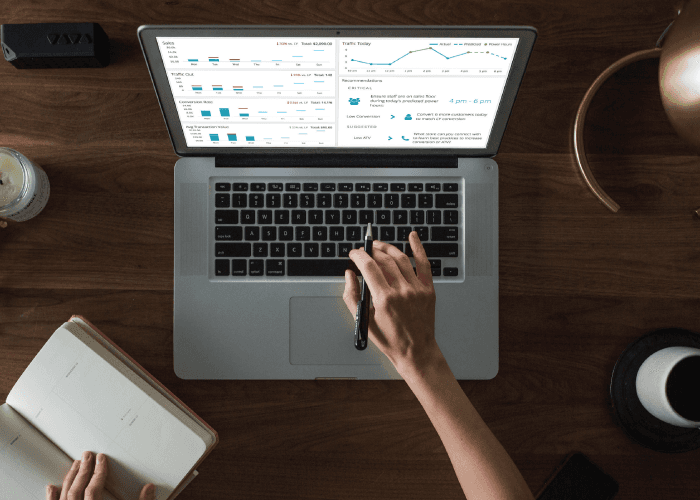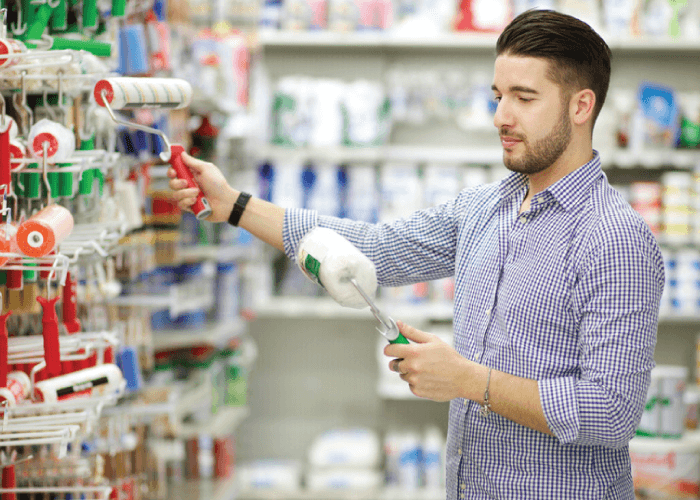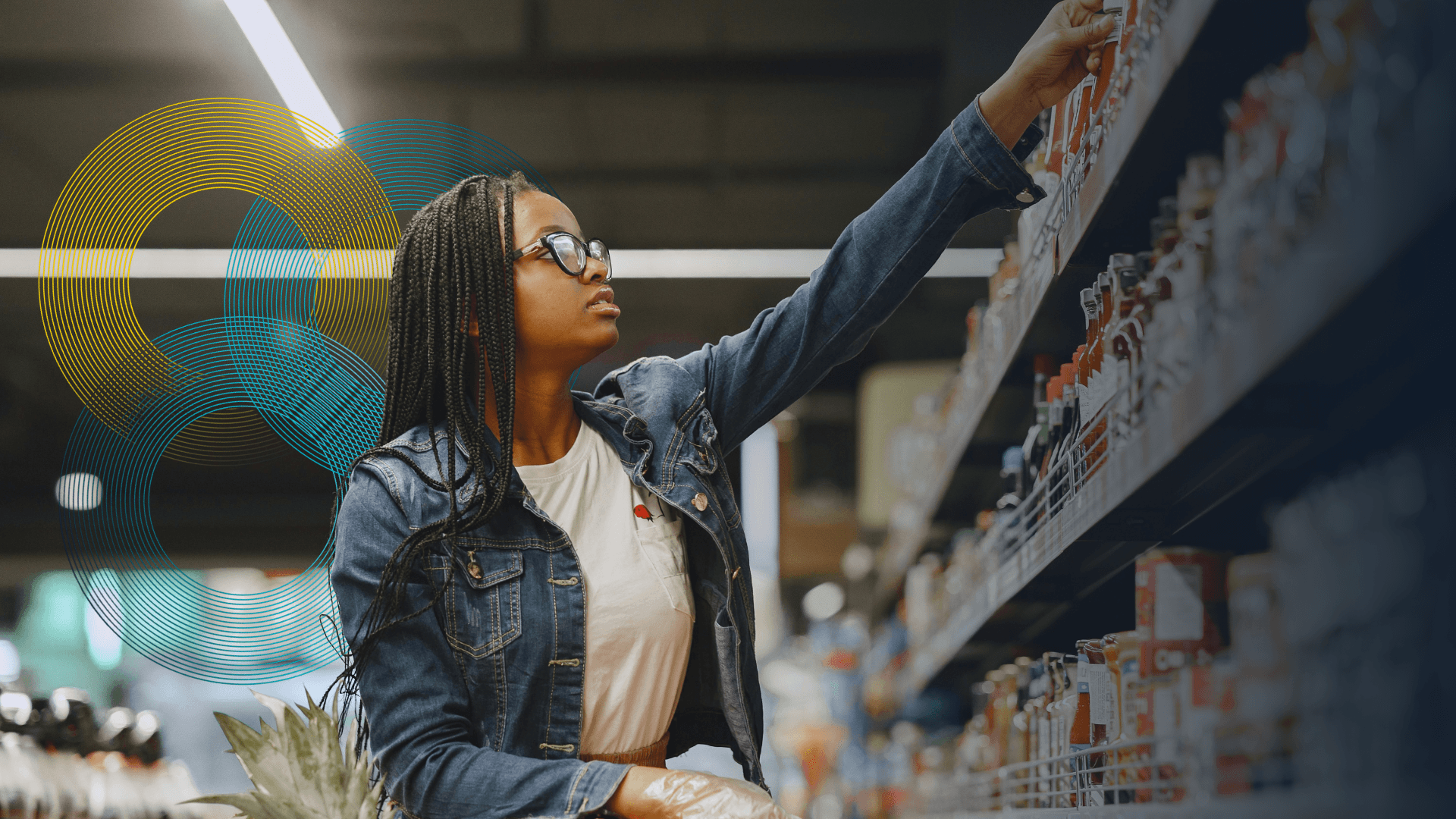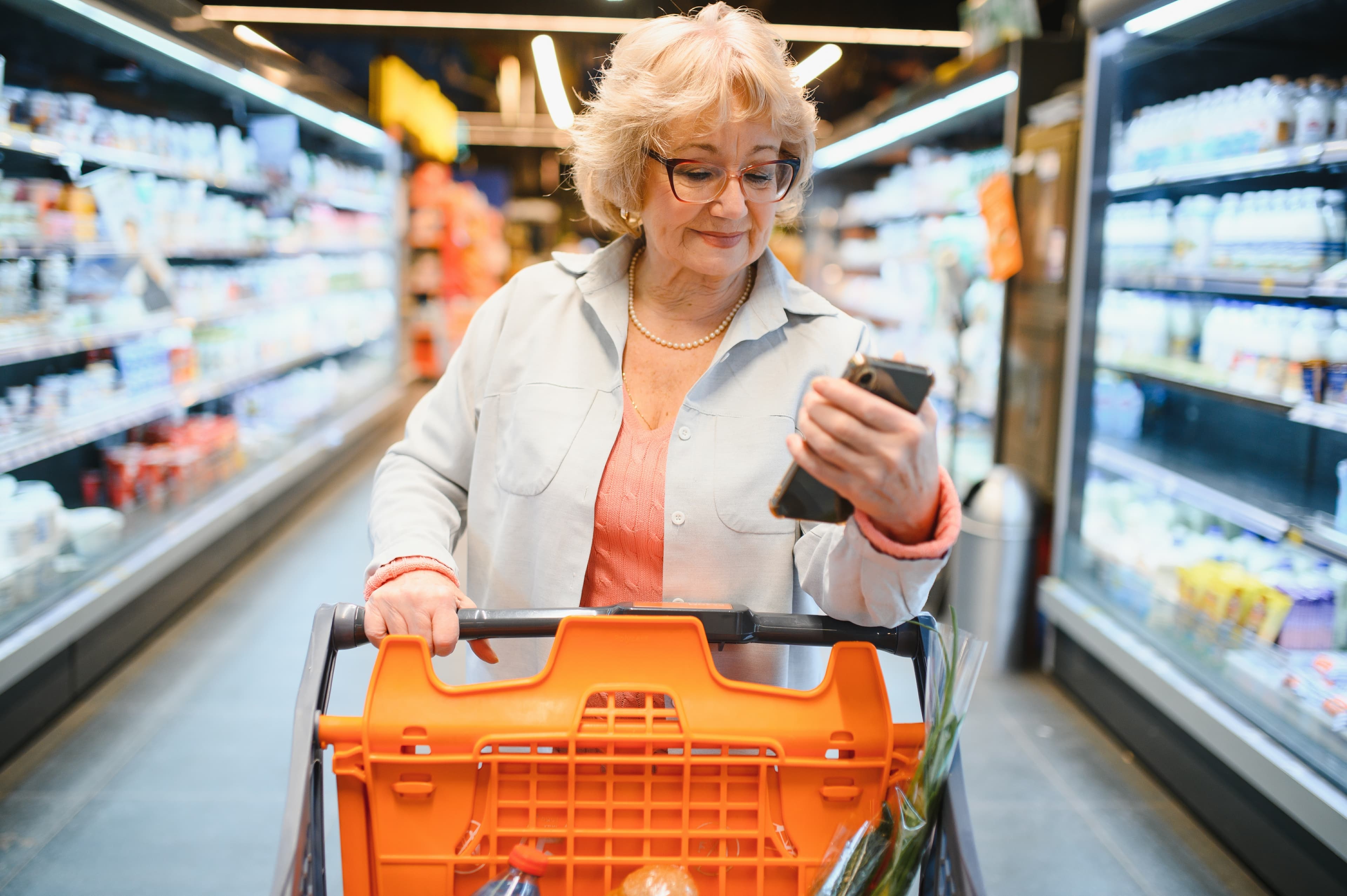Retail Disrupted: 4 Trends Changing The Store
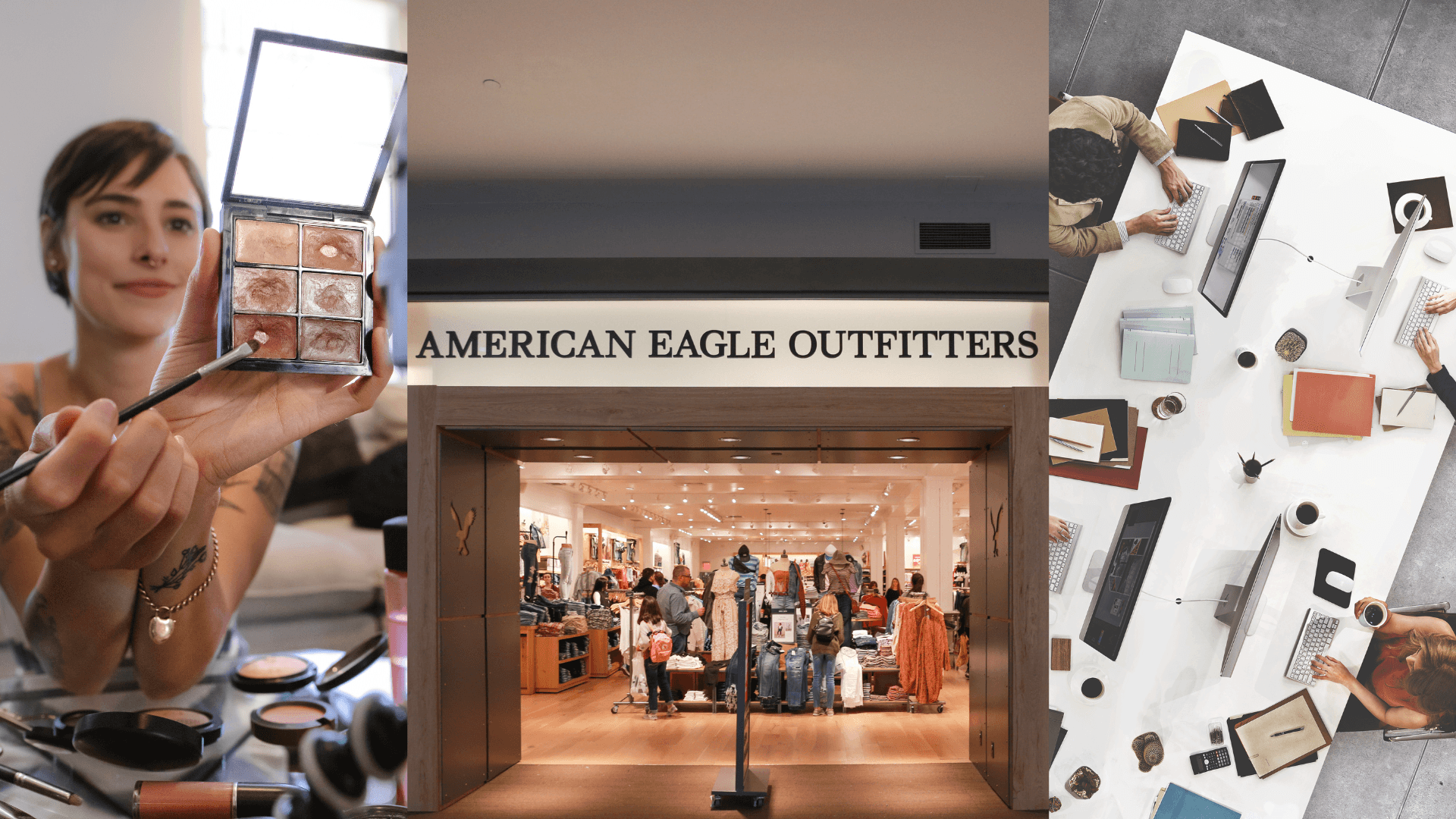
On this page
In retail, agility is everything. As physical retail adapts to the pace of AI innovation, cost-conscious shoppers, and digitally driven expectations, staying current is a means to survival. Retailers need to track what’s happening now and respond with data-informed strategies that resonate with how people really shop. This week, four key stories reveal exactly where in-store retail is heading. Let’s take a closer look at what’s happening, why it matters, and how RetailNext is positioned to help retailers lead through change.
READ MORE: Retail Data Integrity Starts With Security
AI Store Design: When Digital Twins Meet The Sales Floor
Lowe’s recently announced that it will use NVIDIA's Omniverse platform to create AI-powered digital twins of their stores. These virtual replicas model real-time shopper movement and demand patterns to test new layouts, staffing decisions, and product placement strategies before making changes in the real world.
This signals a broader trend: retailers are combining in-store analytics and simulation technology to optimize their physical spaces. It’s not just about maximizing square footage; rather, it’s about enhancing the shopper journey with layout decisions rooted in real behavioral data.
Nike has also been experimenting with data-informed store design. Its House of Innovation flagship stores use in-store analytics to personalize layout, feature trending products, and even adjust merchandise zones dynamically. Similarly, Decathlon in Europe has begun piloting smart store layouts informed by in-store journey mapping, ensuring high-demand products are front and center while also reducing congestion.
RetailNext clients can get ahead here by using spatial analytics and real-time footpath data to understand traffic flow, dwell times, and friction points. That means stores can be organized around actual shopper behavior rather than assumption or tradition. Whether piloting new fixtures or revamping seasonal layouts, AI-backed insights minimize guesswork and maximize ROI.
The Private Label Surge: What “Dupes” Tell Us About Value
The popularity of private-label alternatives and "dupes" (short for ‘duplicates’) has reached a tipping point. Shoppers are increasingly opting for store-brand items over premium-name brands, as they offer similar quality for a lower price. In the US alone, private label sales hit a record $270.6 billion last year, according to recent data from NielsenIQ. Furthermore, Nielsen reports:
More than half (53%) of global respondents say they’re likely buying more private label products than ever before.
68% of global consumers say private labels are good alternatives to name brands.
60% of global consumers say they would buy more private label products if a larger variety were available.
This isn’t just about inflation. Shoppers, especially younger demographics, are rethinking brand loyalty and actively seeking smart-value options. This shift has major implications for both product assortment and store operations.
Target’s Good & Gather line is a prime example. Launched just a few years ago, it has become the retailer’s most successful food and beverage brand, generating over $2 billion in annual sales. Meanwhile, in the UK, Marks & Spencer has repositioned its own-label offerings to emphasize quality and sustainability, successfully attracting shoppers looking for value with values.
Retailers need to identify where demand for private labels is rising and which price tiers are performing best in each location. RetailNext’s analysis tools can help merchandising teams fine-tune their local assortments and ensure shelf space reflects what customers truly want. Understanding shopper behavior at a store-by-store level means retailers can respond to trends in real time, not quarters later.
WATCH: The Beauty Of Accurate Data Insights | Biologique Recherche Fireside Chat
AI Agents As The New Personal Shoppers?
AI agents that shop on behalf of customers are no longer a hypothetical concept. Tools that compare prices, read reviews, and complete purchases autonomously are already influencing buying behavior and challenging how retailers compete.
Bots don’t respond to emotion or flashy marketing. They respond to data: availability, price, convenience, and relevance. Retailers who want to stay competitive must ensure their stores and sites are equipped for this type of automation.
This shift is already underway in markets like China, where JD.com and Alibaba are integrating AI-driven personal shopping assistants into their platforms. In the US, Klarna is piloting an AI-powered shopping companion that helps users search, compare, and buy across thousands of retailers. While currently more active online, these tools are influencing how people decide what to buy in stores.
That means rethinking the data inputs bots will see: product availability, pricing transparency, and in-stock reliability. But it also means designing in-store experiences that still win over the human customer. After all, even when bots recommend, people still visit.
RetailNext’s real-time inventory and traffic insights help retailers balance automation with human-centric service. With accurate, up-to-date visibility, operations teams can ensure stores are as bot-friendly as they are people-friendly. After all, the last thing brands can do now is compromise the customer experience.
Influencer Strategy Matures With Gen Z
American Eagle’s recent stock surge, driven in part by a campaign featuring Sydney Sweeney, demonstrates the power of a strategic influencer partnership. But Gen Z’s expectations are evolving. They want authenticity, alignment, and measurable value.
Take Sephora as an example. The beauty retailer equips influencers with exclusive in-store experiences to promote. Its recent “Store of the Future” concept in Singapore featured QR-linked influencer content on screens throughout the space, blending online personalities with in-person exploration.
H&M has also shifted toward co-created collections with influencers, like its recent collaboration with fashion TikTokers, which drew large crowds to flagship stores. These campaigns drove measurable spikes in footfall and time spent in-store.
Retailers are increasingly measuring the ROI of social campaigns by looking at in-store metrics: how influencer-driven traffic translates to footfall, conversion, and basket size. That’s where integrated analytics come in.
With RetailNext, marketing teams can correlate influencer campaign dates with spikes in physical traffic and engagement zones. Want to know if your TikTok partner drove visits to the denim wall? You can see that. Want to know if those visits converted? You can see that too.
Campaign measurement that includes the store floor makes influencer strategy more accountable and more effective.
DISCOVER: How Swarovski Adds Sparkle To In-Store Experiences
What ties these four trends together is a need for speed and specificity. Generic campaigns, static floor plans, and delayed reporting won’t cut it anymore. Today’s leading retailers are those that can respond in real time to shifts in shopper behavior, economic conditions, and cultural trends.
RetailNext was built for this moment. With real-time analytics, AI-enhanced insights, and full-path visibility, it empowers retailers to act faster, test smarter, and execute with confidence across every location.
This week’s stories might fade from the headlines, but the forces behind them aren’t going anywhere. The retailers who pay attention (and use the right tools to adapt) will be the ones setting the trends, not just following them.
About the author:

Ashton Kirsten, Global Brand Manager, RetailNext
Ashton holds a Master's Degree in English and is passionate about physical retail's unbridled potential to excite, entertain, serve, and solve problems for today's shoppers.
